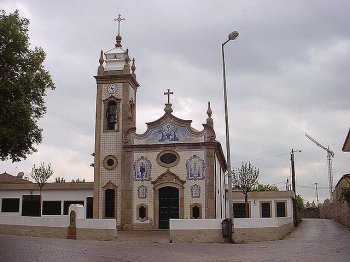Explore the best places
Monuments in Matosinhos
Mosteiro de Leça do Balio
- heritage
Rua de Santos Lessa
4450-332, Leça do Balio
The Monastery of Leça do Balio, already existing in the 10th century, was profoundly altered in the 14th century under the direction of Estêvão Vasques Pimentel. From the 16th century, several interventions by Diogo Pires, the “Moço” stand out. The monastery church, restored in 1930, is one of the most important examples of Gothic architecture in Portugal. In this church took place the marriage of King Dom Fernando and Dona Leonor Teles. It was also the first headquarters of the Military Order of the Hospital.

Farol de Leça
- heritage
Rua Cel. Helder Ribeiro
4450, Leça da Palmeira
The Boa Nova Lighthouse began to function in 1926 and until 1962 it housed the School of Lighthouse keepers. It is the second largest lighthouse in the country, with a tower 46 meters high. Between 2003 and 2004, the Lighthouses Directorate carried out improvement works, such as the construction of a museum center and the conversion of accommodation.
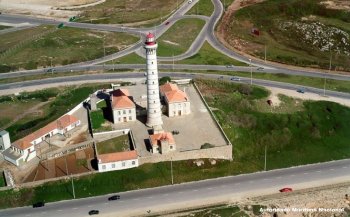
Forte Nossa Senhora das Neves / Castelo de Matosinhos
- heritage
Largo do Castelo
4450, Leça da Palmeira
This 17th century building is shaped like a four-pointed star, each protected by guardhouses. The vestiges of this defensive fort can be seen on Avenida Doutor Antunes Guimarães, Rampa do Castelo and Rua de Santa Catarina. It began to be built in 1638, but in 1655 it was still not completed. In 1832, during the civil war, it underwent some modifications and, in the 20th century, it was handed over to the Captaincy of the Port of Leixões, which carried out works to house its staff there.

Igreja do Bom Jesus de Matosinhos
- heritage
Rua Silva Cunha, 107
4450-222, Matosinhos
It is a Renaissance example from the 16th century, which was remodeled in the 18th century by Nicolau Nasoni. Inside the temple, some of the most important panels of golden carvings by baroque artists from the north of the country stand out. They stand out for the two bell towers, the main door decorated with a medallion, in which a shell is inserted, and the two lateral niches with the statues of São Pedro and São Paulo. Inside, the gaze is fixed on the main altar with golden carvings, which in the central part includes a niche with an image …
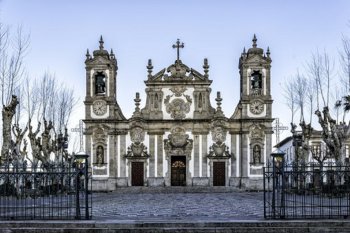
Padrão do Bom Jesus de Matosinhos
- heritage
Rua Heróis de França
4450, Matosinhos
An 18th century monument consisting of a granite cross covered with tiles and sheltered by a vaulted porch, with a square plan, crowned by a lantern. In the inner corners, the images of the evangelists appear. It was built in the place where, according to tradition, the image of Bom Jesus de Matosinhos appeared.
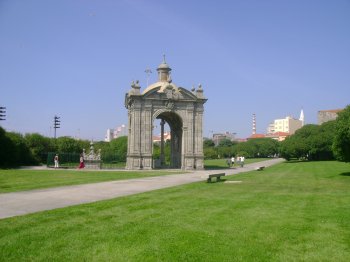
Escultura de Zulmiro de Carvalho
- heritage
Rua de Veloso Salgado
4450, Leça da Palmeira
Sculpture by Zulmiro de Carvalho, with about fifteen feet long, its immense fountains that night light, providing a nice visual spectacle.
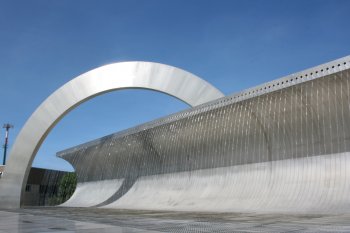
Busto de António Nobre
- heritage
Rua de António Nobre
4450, Leça da Palmeira
A tribute monument to António Nobre, the famous Portuguese poet.
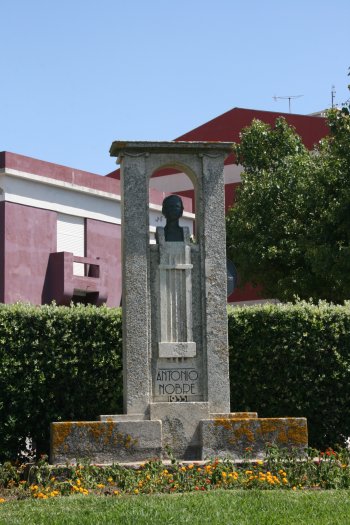
Estátua a Passos Manuel
- heritage
Praça Passos Manuel
4450, Matosinhos
A marble statue of August 24, 1864, that pays homage to Manuel da Silva Passos (or Passos Manuel), an important figure of the Portuguese liberal epoch. It is classed as a National Monument.
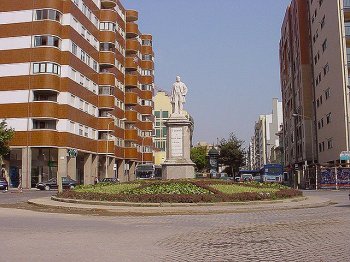
Estátua de Júlio Bumba (O Aveiro)
- heritage
Rua de António Nobre
4450, Leça da Palmeira
A tribute sculpture to Júlio Bumba, O Aveiro.
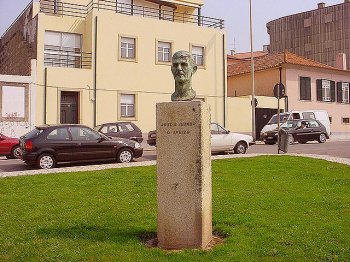
Capela de Santo António do Telheiro
- heritage
Largo de Santo António do Telheiro
4465, São Mamede de Infesta
A neoclassicist chapel, dating back to the 18th century, with a longitudinal plan and the interior decorated with neoclassicist retables. In 1956 the main façade was covered by white and blue tiles. On the left side we can see Saint Anthony and read and inscription that says: "Fábrica do Carvalhinho" (Carvalhinho Factory) and below "Capela de Santo António do Telheiro" (Chapel of Saint Anthony of Telheiro). On the right side we can see an image of Our Lady of Fátima and an inscription that reads: "Restored in the year 1956".
